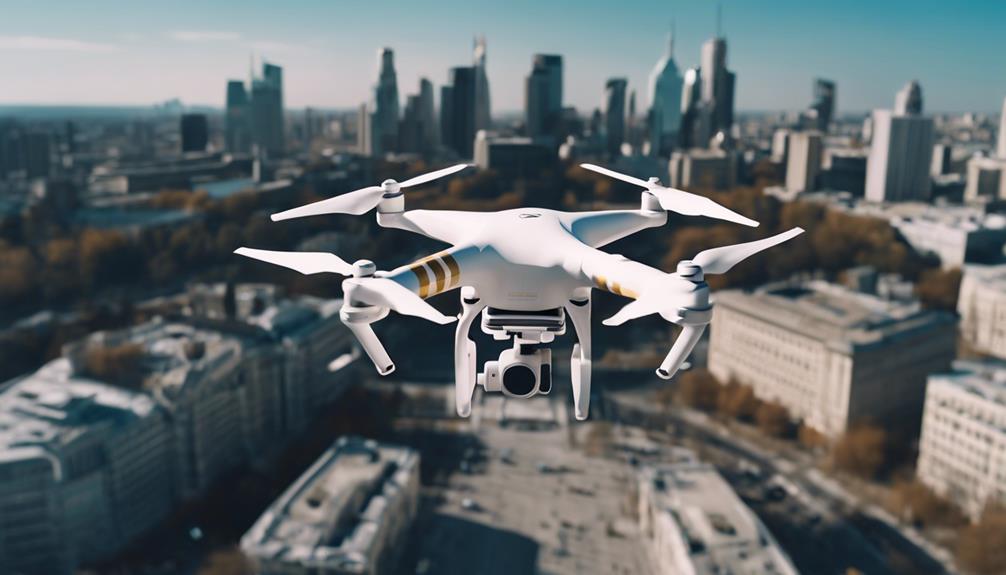In the ever-evolving landscape of technology, certain features come and go, leaving behind memories and a legacy that users fondly recall. One such feature is the Windows Sidebar Gadgets, introduced in Windows Vista and later featured in Windows 7. These small applications provided users with quick access to vital information and tools right from the desktop. This article delves into the history, functionality, benefits, and the eventual decline of Windows Sidebar Gadgets, shedding light on their impact on user experience.
The Emergence of Windows Sidebar Gadgets
Windows Sidebar Gadgets were introduced in 2006 with Windows Vista and were designed to enhance desktop usability. These mini-applications offered a range of functionalities, from displaying the weather to monitoring system performance. The idea was to provide a visually appealing way to access information without cluttering the desktop with multiple open windows.Top Gadgets For WomenWindows 10 Gadgets
Key Features of Windows Sidebar Gadgets
- Customization: Users could choose from a variety of gadgets, ranging from clocks and calendars to news tickers and system monitors.
- Ease of Use: Gadgets were designed to be user-friendly, allowing for quick access to information with minimal effort.
- Integration: They seamlessly integrated with the Windows operating system, providing real-time updates and notifications.
Popular Gadgets and Their Functionality
Numerous gadgets captured the imagination of users. Here’s a closer look at some of the most popular ones:
1. Weather Gadget
The Weather Gadget displayed current weather conditions and forecasts for selected locations. Users could quickly glance at the gadget to see if they needed an umbrella or a jacket before heading out.
2. Clock and Calendar Gadgets
These gadgets provided users with a quick view of the time and date, often featuring alarms and reminders. Their minimalist design allowed them to blend seamlessly with the desktop environment.
3. News Ticker
The News Ticker gadget provided real-time news updates from various sources, allowing users to stay informed without needing to open a browser.
The Benefits of Using Windows Sidebar Gadgets
Windows Sidebar Gadgets offered several advantages that enhanced user experience:
- Quick Access to Information: Users could view important information at a glance, which increased productivity.
- Desktop Organization: Gadgets helped keep essential tools and information accessible without cluttering the desktop with multiple windows.
- Personalization: Users could customize their desktop environment, tailoring it to their specific needs and preferences.
The Decline of Windows Sidebar Gadgets
Despite their popularity, Windows Sidebar Gadgets faced significant challenges that ultimately led to their decline:
1. Security Concerns
As with any software, vulnerabilities were discovered. Microsoft issued a security advisory in 2012, warning users about potential risks associated with gadgets, which prompted many to uninstall them.
2. Shift in Design Philosophy
With the introduction of Windows 8 in 2012, Microsoft shifted its focus away from desktop gadgets towards a more app-centric interface. The removal of the Sidebar and its gadgets reflected a desire to streamline the user experience.
3. Evolving User Needs
As technology advanced, users began to rely more on mobile devices and applications that provided similar functionalities, leading to a decline in the demand for desktop gadgets.
The Legacy of Windows Sidebar Gadgets
While Windows Sidebar Gadgets may no longer be a staple in modern operating systems, their legacy lives on. They paved the way for the development of more sophisticated applications and widgets that are now commonplace in various platforms.
Modern Alternatives
Today, users can find similar functionalities in various forms:
- Desktop Widgets: Various third-party applications provide customizable desktop widgets that offer similar features to Windows Sidebar Gadgets.
- Mobile Apps: Many of the functionalities provided by gadgets are now available as mobile applications, allowing users to access information on the go.
- Browser Extensions: Users can install extensions that offer quick access to information directly from their web browsers, further reducing the need for desktop gadgets.
Conclusion: A Fond Farewell to Windows Sidebar Gadgets
Windows Sidebar Gadgets represent a unique chapter in the evolution of desktop computing. They provided users with a way to personalize their experience, access crucial information quickly, and enhance productivity. However, as technology and user preferences evolved, these gadgets became less relevant. Today, while they may no longer be a part of the Windows experience, their influence can still be seen in modern applications and interfaces. As we move forward into a more app-centric world, it’s essential to remember the charm and utility that Windows Sidebar Gadgets once brought to our desktops.
